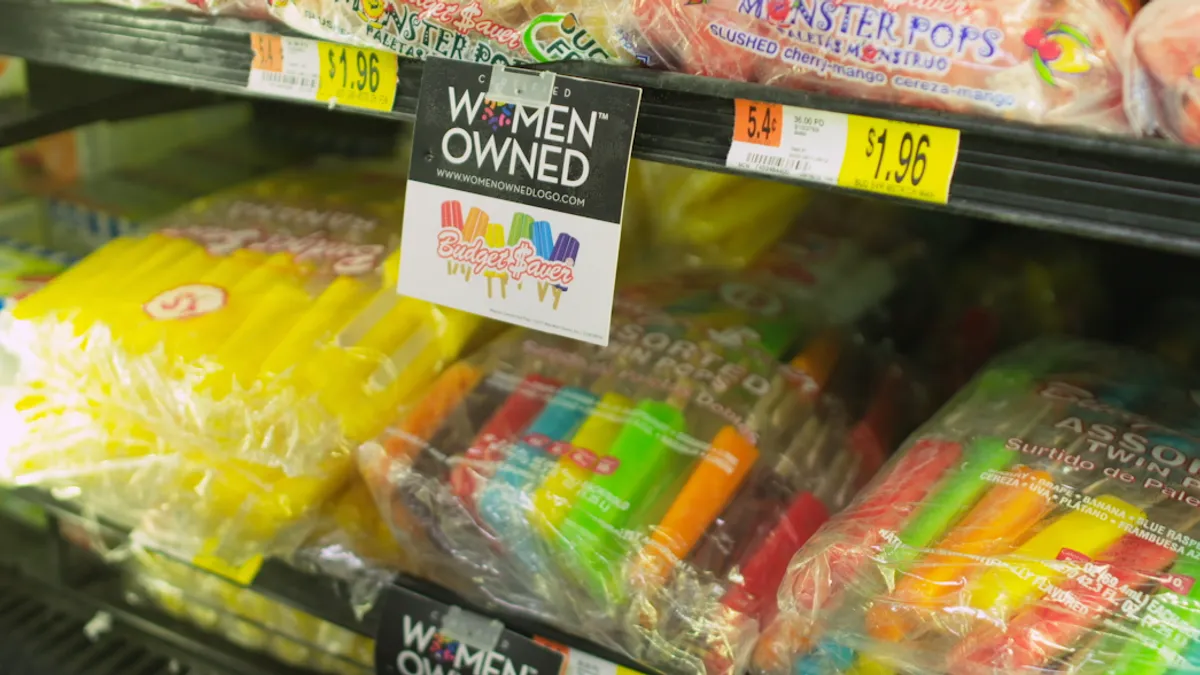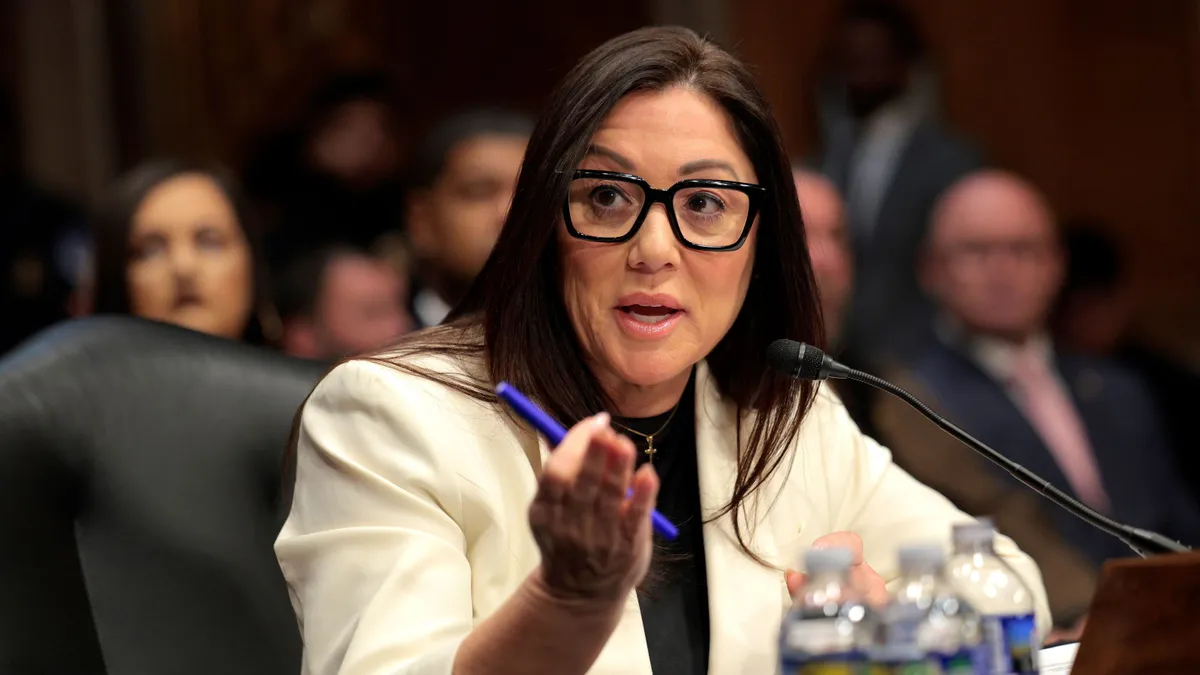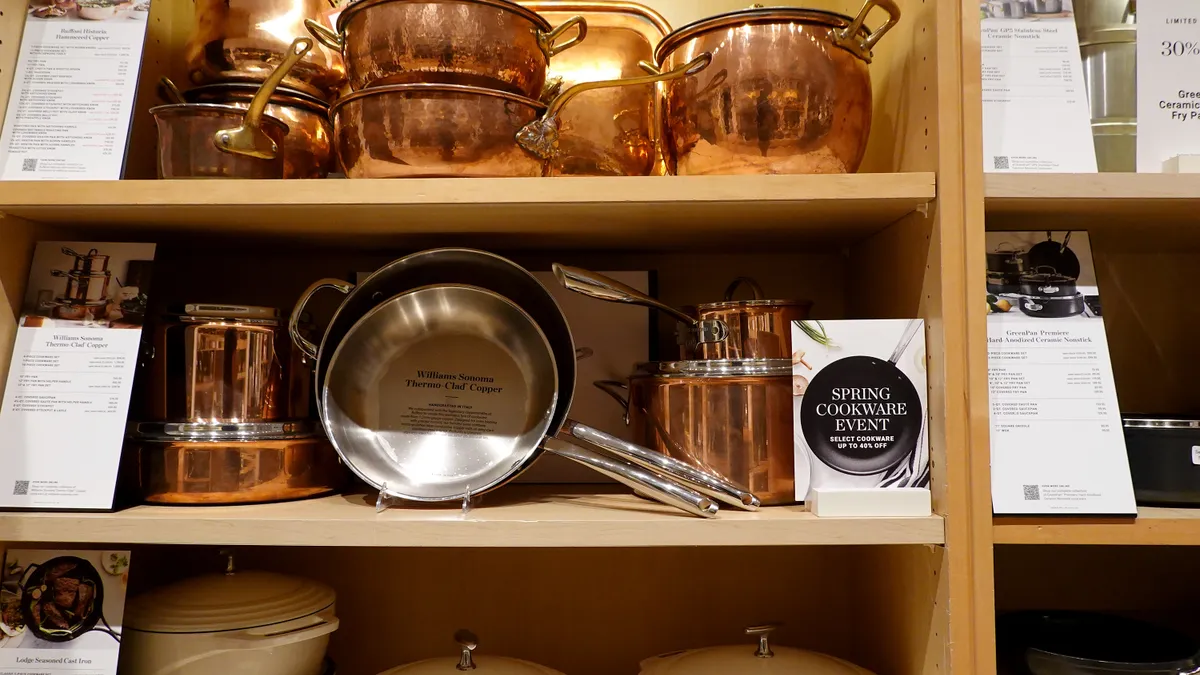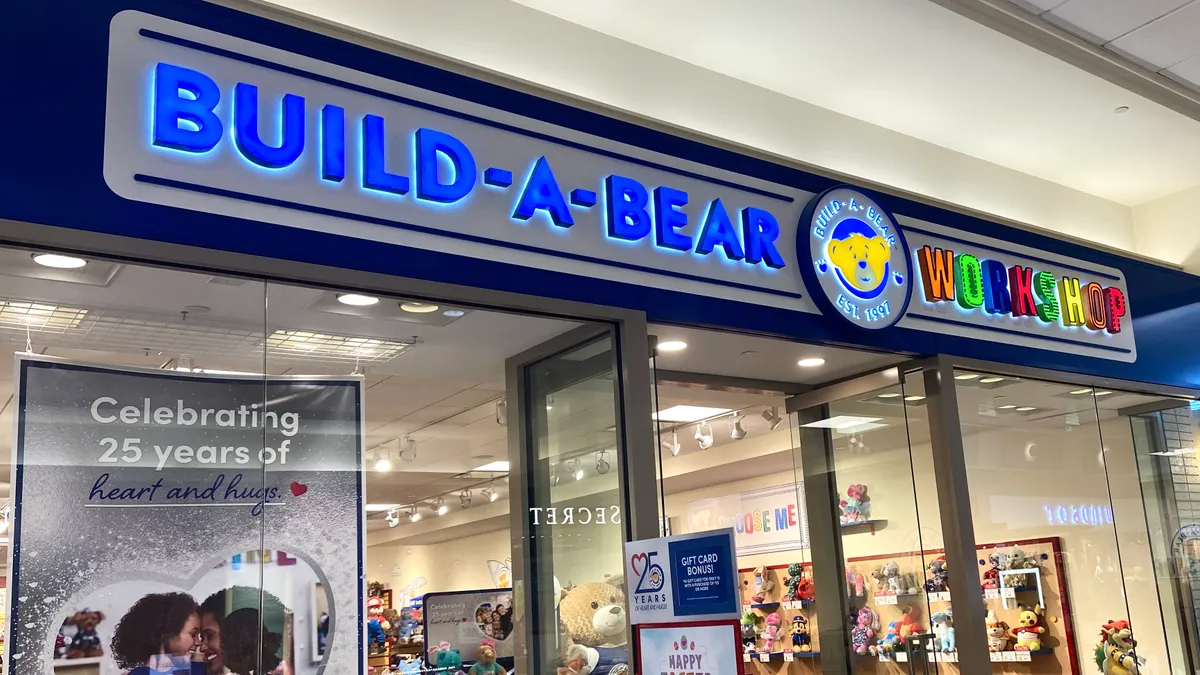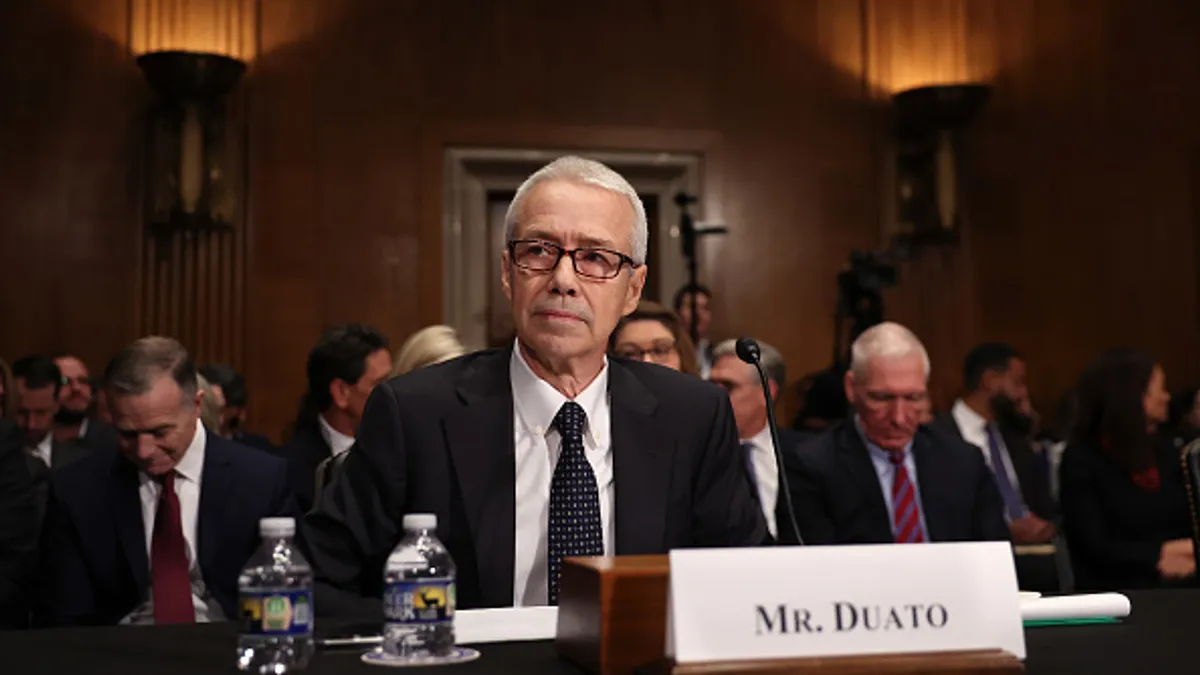The number of U.S. women-owned businesses (WOB) is increasing dramatically, yet they continue to contribute the same percentage to domestic business revenues as they did 20 years ago — about 4% of all revenue — in spite of the number of WOB growing 114% compared to 44% for all businesses in the same period. The country had an estimated 11.6 million WOB in 2017, according to American Express OPEN, with $1.7 trillion in revenue.
Even with the growth in WOB, these suppliers are having difficulty competing for corporate and government contracts and earning less than 1% of the money spent by the organizations, according to Elizabeth Vazquez, CEO and co-founder of WEConnect International, who helped create the corporate-led global nonprofit to educate and connect WOB with qualified buyers dedicated to diversifying their supply chains.
Companies are realizing that adding more WOB suppliers is not just a feel-good program. Increasing their supplier diversity efforts makes business sense. When suppliers mirror a company’s customer base, it helps anticipate market needs and innovations for a competitive advantage.
On International Women’s Day, Supply Chain Dive explores the efforts and impacts of promoting diverse sourcing, looking specifically at how one company is doing that.
It’s good for women; it’s good for business
Walmart launched its global Women’s Economic Empowerment (WEE) initiative in 2011, aiming to source $20 billion from U.S. WOB in five years, and to double the spend on WOB in specific international markets. By the end of 2016, it exceeded the U.S. goal, sourcing $21.2 billion domestically in that period, and sourced almost $250 million internationally from WOB in 2016.
Through the company's diversity sourcing initiative, in fiscal year 2017 it spent about $14.7 billion in tier 1 and 2 diverse business purchasing efforts. Walmart doesn't set quotas or goals for percentage of business from these diverse sources, but instead tracks money spent.
"Diverse-owned businesses tend to be smaller. It’s tougher to compete against some of the larger brands."

Jenny Grieser
Senior Director, Women's Economic Empowerment at Walmart
Walmart uses a shared value concept for its sustainability and sourcing initiatives.
“In the long run, they benefit the world, but they also benefit our business,” said Jenny Grieser, senior director of Women's Economic Empowerment at Walmart. “Women are our primary customers. Women are the primary decision makers of purchases in our stores. When you invest in women, they put their earnings back into the community,” she said. Making a difference in the community also helps Walmart. “It’s the right thing to do, but it’s also the smart thing to do.”
Diversity in sourcing also helps stock the store with local products, including produce, which domestic and international customers want.
“That’s where the smaller suppliers can play,” Grieser said. Suppliers don’t need to serve 5,000 Walmart stores; they can stock 10-15 stores. Two-thirds of Walmart’s WOB suppliers do less than $1 million in annual sales with the retailer, though the number of companies who do more than $1 million has been steadily rising.
Walmart sources products and services from women-owned businesses
While Walmart procures from WOB in all categories, the majority fall into grocery, clothing and home products. But there are women-owned businesses in auto parts, health and beauty, as well.
One area that’s less represented by them is consumer packaged goods (CPG) and consumables. “There are a lot of national CPG companies, selling detergent or diapers, and it’s tougher for smaller businesses. Diverse-owned businesses tend to be smaller. It’s tougher to compete against some of the larger brands,” said Grieser.
Walmart’s program sources services as well as products. Through the program, it tries to find WOB in fields that are traditionally male-dominated and has found success hiring women legal teams and a female contractor who builds supercenters.
Since Walmart is a retailer, it’s not surprising that 74% of its 2017 spend from WOB is in the product sector, versus 26% from services like marketing, real estate, legal and construction.
Metrics and finances a challenge in diverse sourcing worldwide
To find out more about challenges faced by WOB in working with Walmart, the retailer started a domestic advisory council, meeting with WOB for several years. The council found that WOB had difficulty navigating Walmart’s complex systems and processes, so Walmart looked for ways to make it easier.
The supplier alliance program came about because women said they had difficulty accessing financing, a common issue for WOB. Walmart worked with banks so these businesses could bring in a purchase order to receive a low interest loan. That way, they didn't have to pay high interest rates to get the money quickly.
“That allowed some of these small companies to start the procurement process to scale their business,” Grieser said. That program was later rolled out to all suppliers, as it was helpful for small businesses regardless of ownership. “We piloted it because of the need we saw with our women-owned businesses.”
“Experience has shown that when bidding is opened up to viable diverse suppliers, costs are often reduced."

Elizabeth Vazquez
CEO and co-founder, WEConnect International
One of the first things a company must address with a WOB or diversity-owned business is defining it. A popular WOB definition is a business that is at least 51% owned and operated by one or more women. Diversity means different things to different companies and countries. Diverse suppliers can be defined by those with status as a minority, veteran, disabled person, woman or someone in the lesbian, gay, bisexual or transgender (LGBT) community. It can include any member not highly represented in a community. Outside the U.S, it might be based on a caste system, religion or tribe.
While Walmart made progress bringing WOB into its international supply chain, its goal was to double cost purchases from specific markets. But in some countries, it was impossible to get a baseline number of how many women-owned businesses it was already sourcing from, to use for the metrics.
The retailer's current ERP also doesn't allow for global tracking. “Measurement can be difficult unless you have a systematic way to track and report your purchases in all markets,” including monitoring diverse sourcing, Grieser said. Currently it’s more of a manual task for Walmart, as it doesn't have a global supplier tracking system running through its enterprise to track it, though Grieser's hoping in the next few years it will.
Supplier diversity is not the same for every market, and Walmart has had varying levels of success. Companies tend to start with certain countries and then expand. From 2011 to 2014, Walmart increased its spend in Mexico by 114%, while from 2011-2016, its spend on Japanese WOB decreased by 29%, in spite of launching contests for women entrepreneurs.
How companies can embed diverse sourcing into long-term strategy
It does take time and money for an organization to find diverse suppliers, especially when implementing new programs. But it doesn't have to be a charitable effort, and companies don’t have to reinvent the wheel.
They can partner with the third parties who have vetted suppliers, including certification organizations like WEConnect and Women’s Business Enterprise National Council (WBENC), as well as business incubators, to identify promising businesses and provide them with training.
“They share best practices and provide resources that minimize the cost of inclusion and maximize the investments made to ensure access to a larger pool of suppliers, offering a better total value over time,” Vazquez said.
“Women are our primary customers. Women are the primary decision makers of purchases in our stores. When you invest in women, they put their earnings back into the community.”

Jenny Grieser
Senior Director, Women's Economic Empowerment at Walmart
Increasing diversity can be good for business financially. Grieser said she tracked performance indicators for WOB compared to the rest of business, and found that WOB were more productive. “The bottom line is that it was good for business,” she said. WOB helped lift productivity in departments overall.
Costs can also be lowered for products and services. “Experience has shown that when bidding is opened up to viable diverse suppliers, costs are often reduced,” said Vazquez.
While Walmart programs like these start through their foundation, their goal is to transition them to normal operations and make them sustainable, embedding them in operations and discontinuing foundation funding for them. “Our end goal is to do a sustainable systemic change, so that it will continue on its own,” she said.


